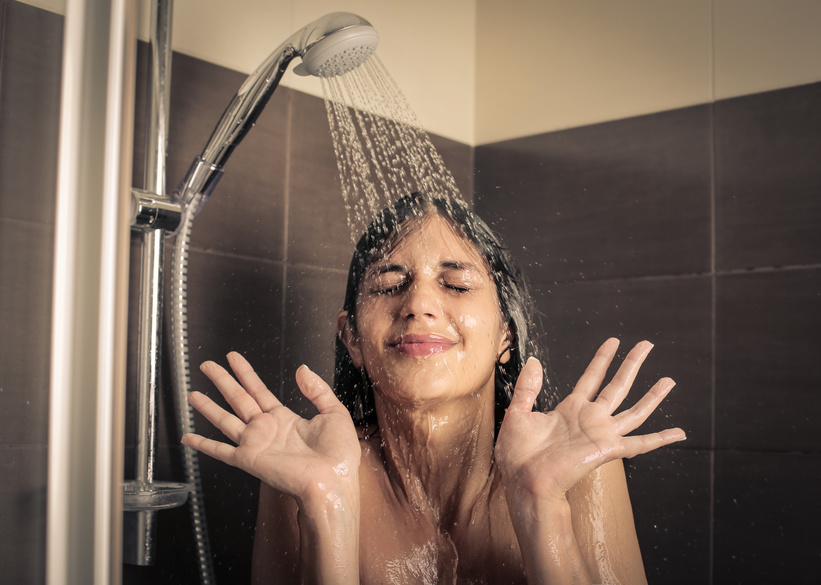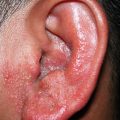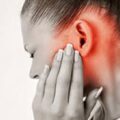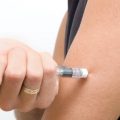The ear is the organ that enables hearing and, in mammals, balance. In mammals, the ear is usually described as having three parts—the outer ear, the middle ear and the inner ear.
The outer ear is made up of cartilage and skin. There are three different parts to the outer ear; the tragus, helix and the lobule.
Ear Canal: The ear canal starts at the outer ear and ends at the ear drum. The canal is approximately an inch in length. The skin of the ear canal is very sensitive to pain and pressure. Under the skin the outer one third of the canal is cartilage and inner two thirds is bone.
Ear Drum: The ear drum is about the size of a dime and is the same size in the new born baby as in the adult. The medical term for the ear drum is the tympanic membrane. The ear drum is a transparent gray membrane. Attached to the center part of the drum is the middle ear bone (the malleus).
Middle Ear: The space inside the ear drum is called the middle ear. Three of the smallest bones of the body are found in the middle ear; they are called the malleus, the incus and the stapes. These bones are also known as the hammer, anvil and the stirrup. The medical term for all three bones together is the middle ear ossicles.
Water and The Ear
According to the Mayo Clinic, when water enters your ear, the moisture can invite bacterial growth and then your outer ear canal can become infected. This can quickly turn into excruciating ear pain and two weeks of antibiotic eardrops. As ear infections run rampant in children, common procedures are becoming even more ordinary for medical professionals. Beyond infection, water in the ear may also affect your hearing or balance.
How To Get Water Out Of Your Ear Easily
According to WebMD, it is important for you to remove water from your ear the right way because doing it the wrong way might boost your odds of swimmer’s ear. If you have a ruptured eardrum or tubes in your ears, you have to be extra careful about how you dry your ears.
If you have water in your ears, take these steps to get it out safely:
- Dry your outer ear with a soft towel or cloth. Don’t stick the cloth into the canal.
- Tip your head to one side to help water drain. Gently pull on your earlobe. This will straighten your ear canal and help the water flow.
- Turn your blow dryer on the lowest setting and blow it toward your ear. Hold it at least a foot away.
- Try over-the-counter drying drops.
- To make drying drops at home, mix 1 part white vinegar to 1 part rubbing alcohol. Pour 1 teaspoon of the solution into each ear; tilt your head and let it drain out.
Don’ts for Getting Water Out of Your Ears
Using the wrong methods for getting water out of your ears can scratch your ear canal or impact earwax in the canal. Don’t use these methods for drying out your ears, or you will be more — not less — likely to get an infection.
- Avoid cotton swabs. They can pack earwax and dirt down in your ear canal, remove the wax that protects your ear, disrupt the natural bacteria in the ear canal, or irritate the thin skin of the ear canal.
- Don’t stick your finger or fingernails in your ears. You can scratch the delicate skin of the ear canal.
- Don’t use hydrogen peroxide or drying drops if you or your child has ear tubes or if you have a ruptured eardrum.





